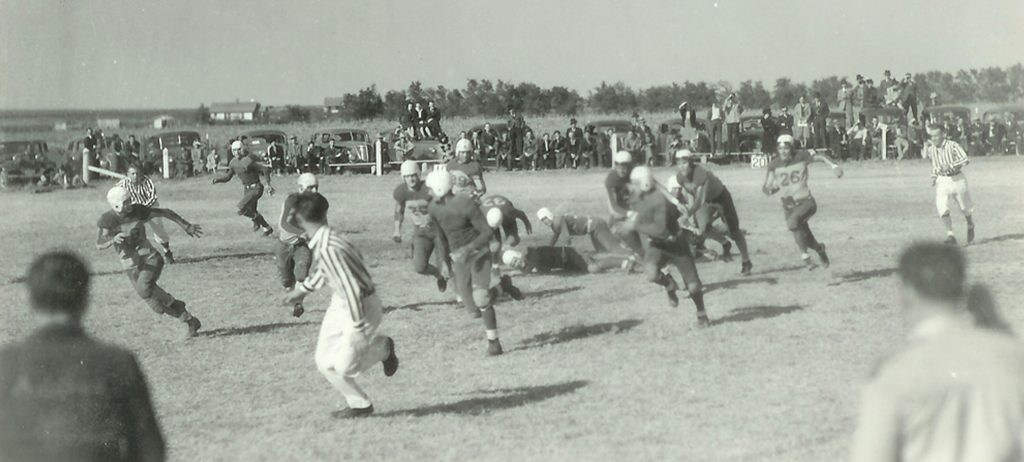
History & Background
Keeping with the spirit of our mission, “Progress Through Knowledge” we strive to be a university that is always progressing forward.
OPSU was created by an act of the Oklahoma State Legislature in 1909 as Pan-Handle Agricultural Institute offering secondary agricultural education for the Panhandle area. In 1921, the legislature authorized the school to offer a two year college curriculum, and the name was changed to Panhandle Agricultural and Mechanical College. In 1925, the State Board of Agriculture authorized upper division college courses, and in the summer of 1926, junior and senior level courses were added to the curriculum. Two additional name changes have been ordered by the legislature: in 1967, Oklahoma Panhandle State College of Agriculture and Applied Science; in 1974, Oklahoma Panhandle State University.
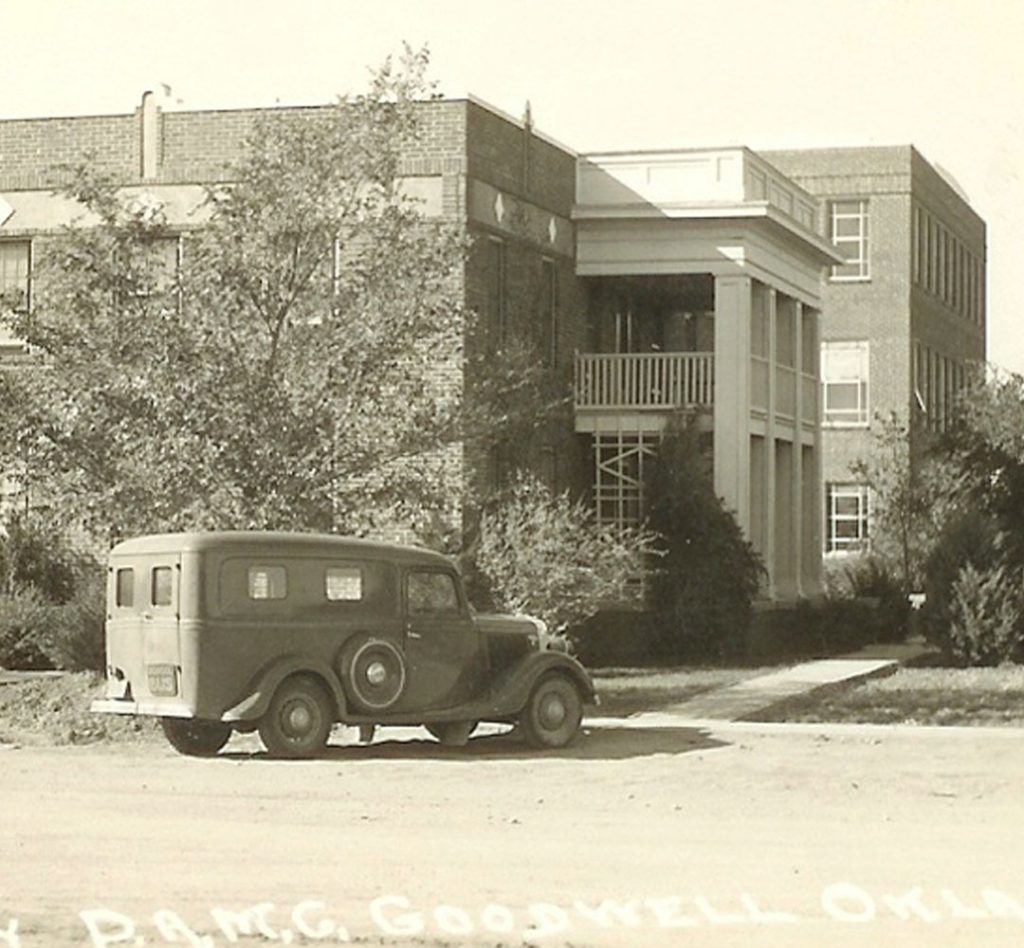
This two-story building, originally called the “Girls’ Dorm,” was planned during World War I, but was not built until 1922.
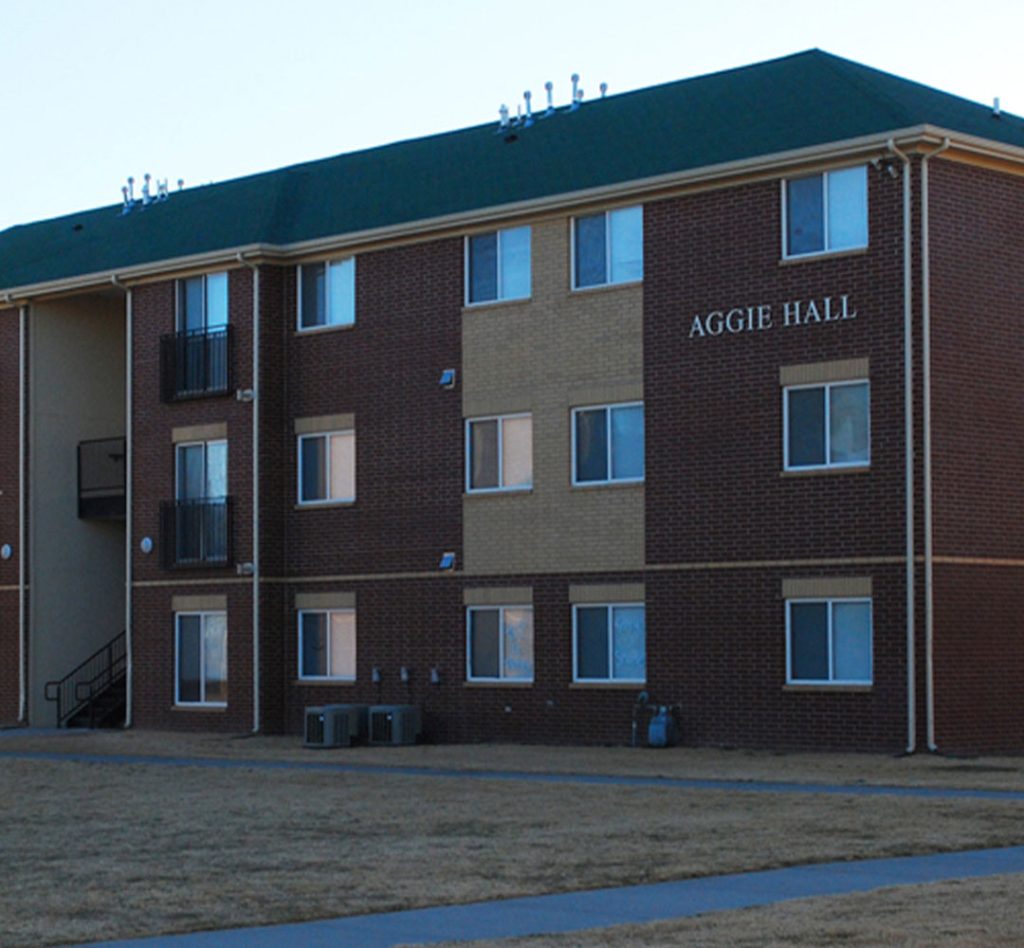
Having a need for updated and additional student residences, OPSU constructed a series of three-story apartment-style dwellings on the south side of campus in 2003.
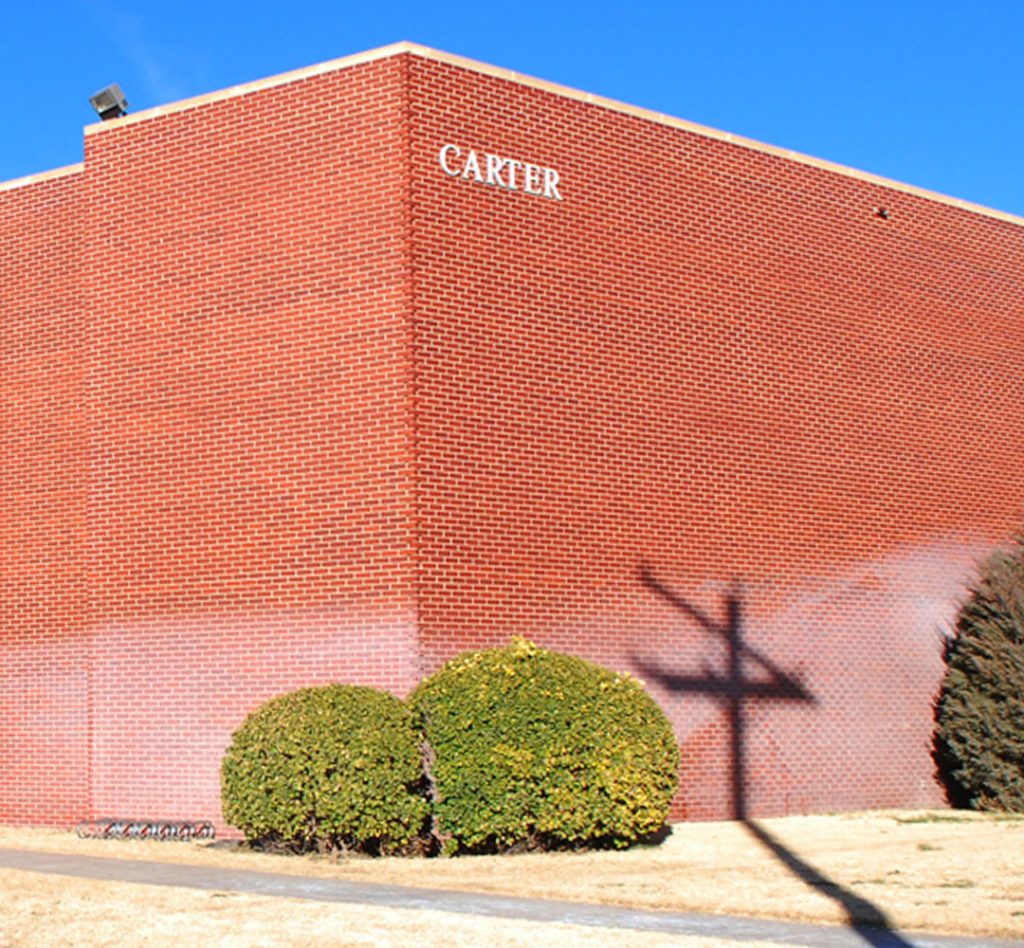
Initially, the Panhandle State College (PSC) knew Carter Hall – built in 1967 – as the Industrial Arts Building.

Conceived of and sponsored by the Panhandle State Association of Alumni and Friends, the campus bell tower was erected in 1990.
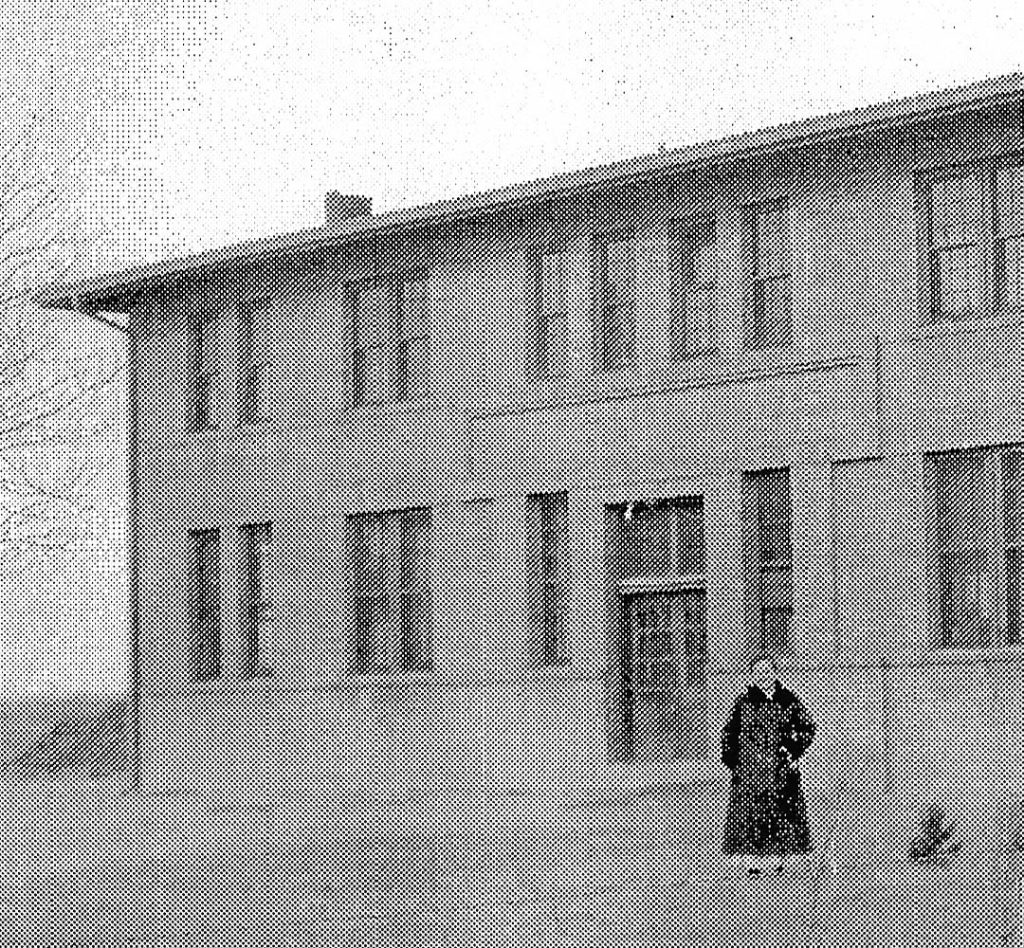
This building, the second dormitory built on the Panhandle Agricultural Institute (PAI) campus, originated as a women’s dormitory in December 1914.
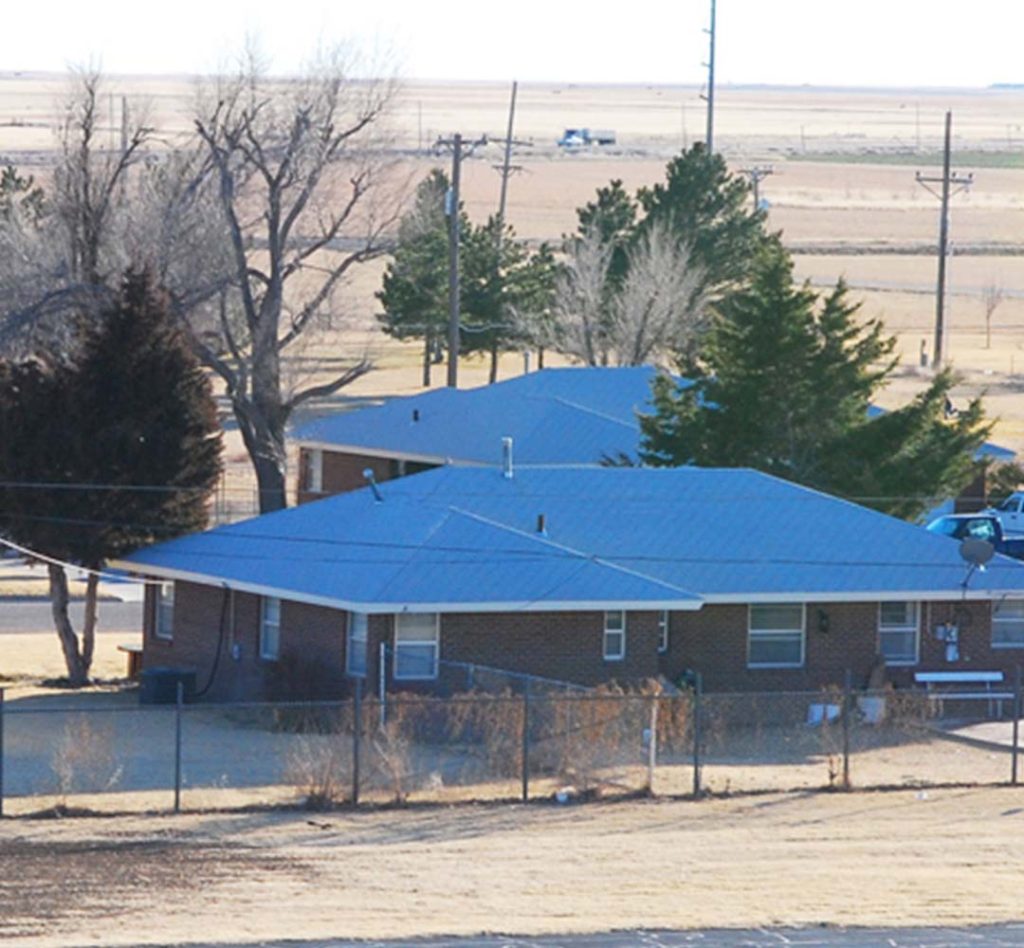
Panhandle Agricultural and Mechanical College President Marvin E. McKee undertook the building of several homes that faculty members and their families could rent.
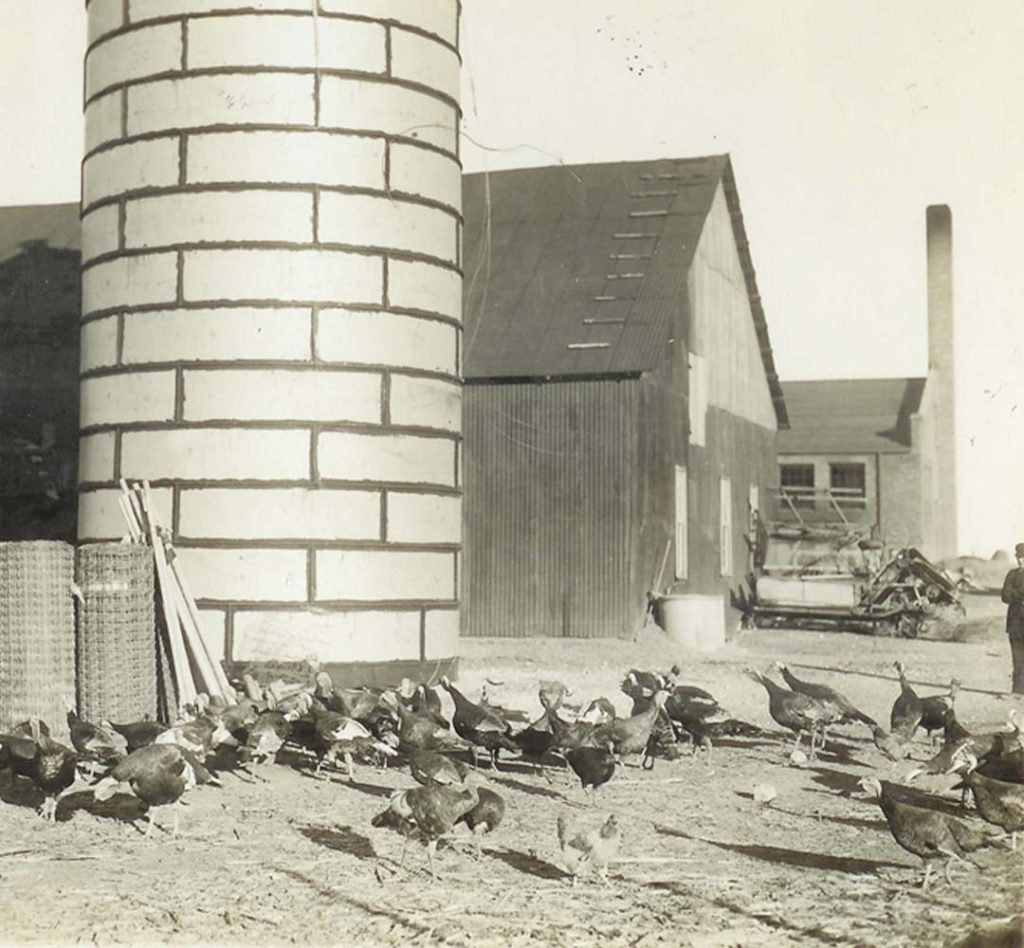
Beginning in 1909, Panhandle Agricultural Institute offered agricultural training to secondary students; of course, it needed a farm for instruction.
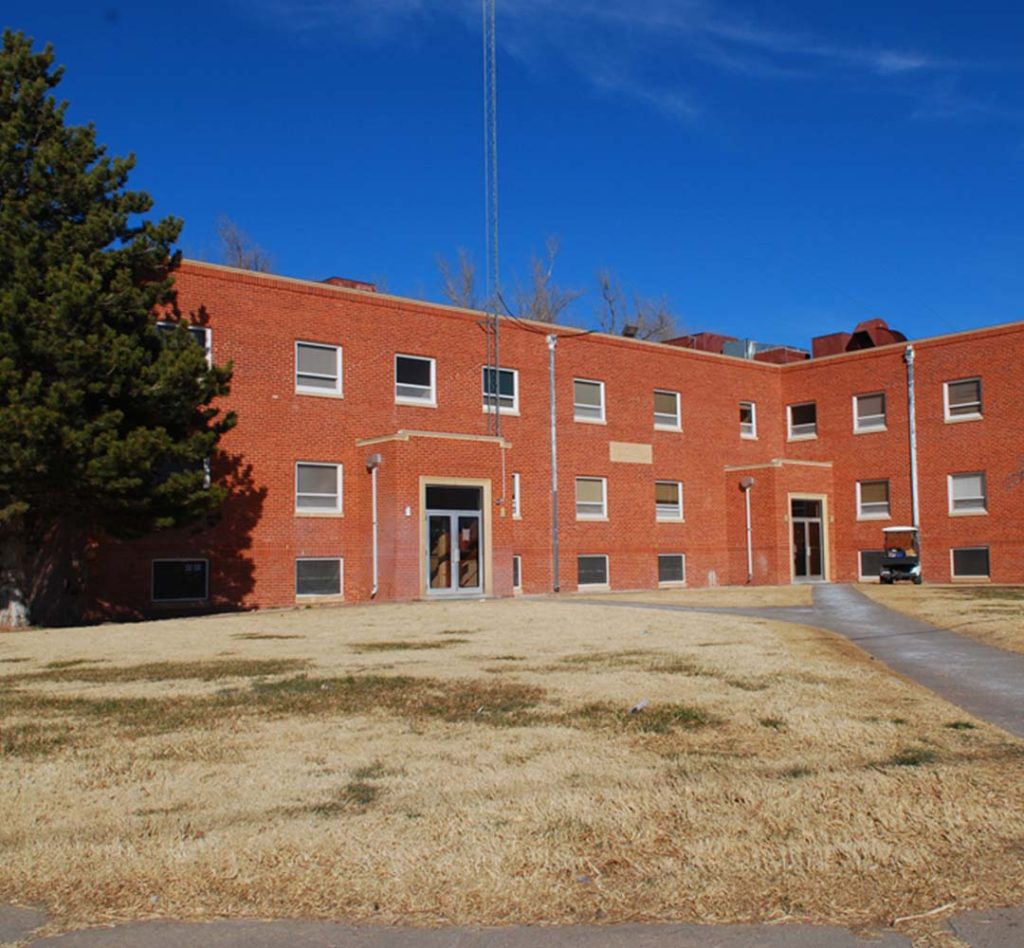
Field Hall opened as the men’s new dormitory in 1951.
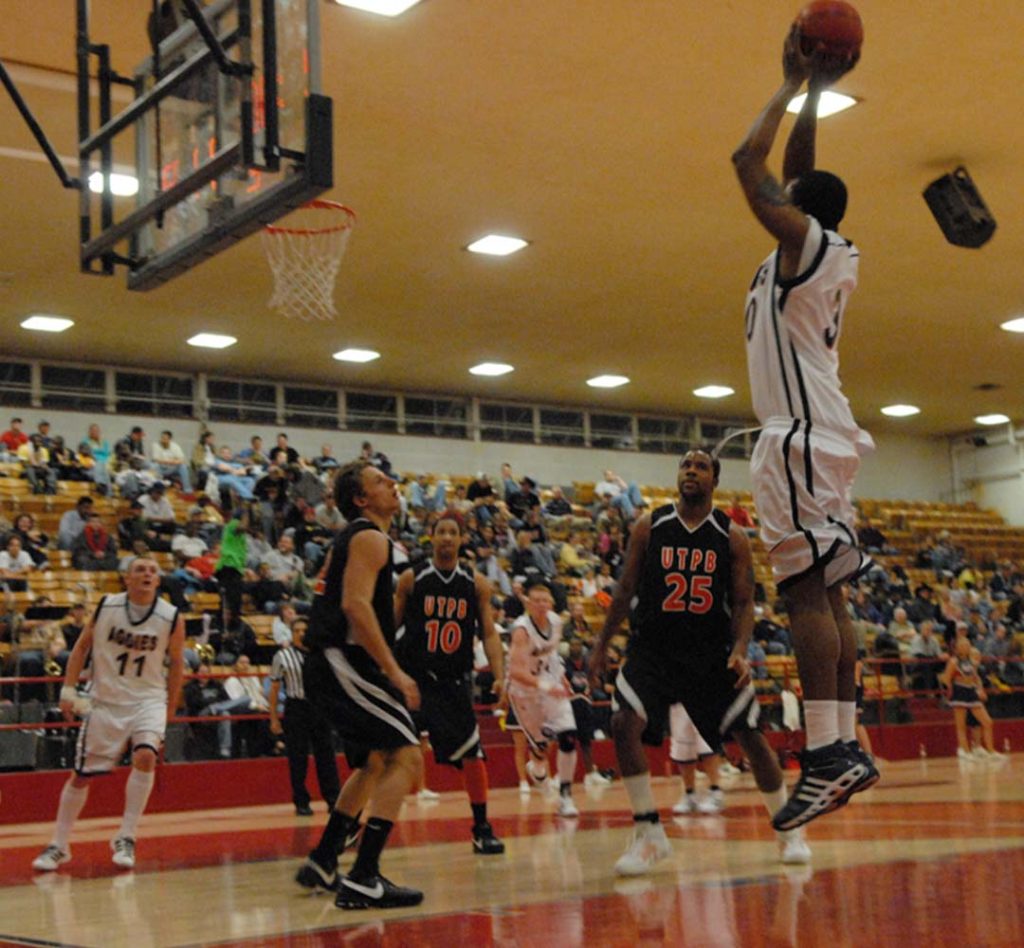
In the early 1950’s, students and alumni urged the college to build a field house. That dream became a reality with the help of two alumni.
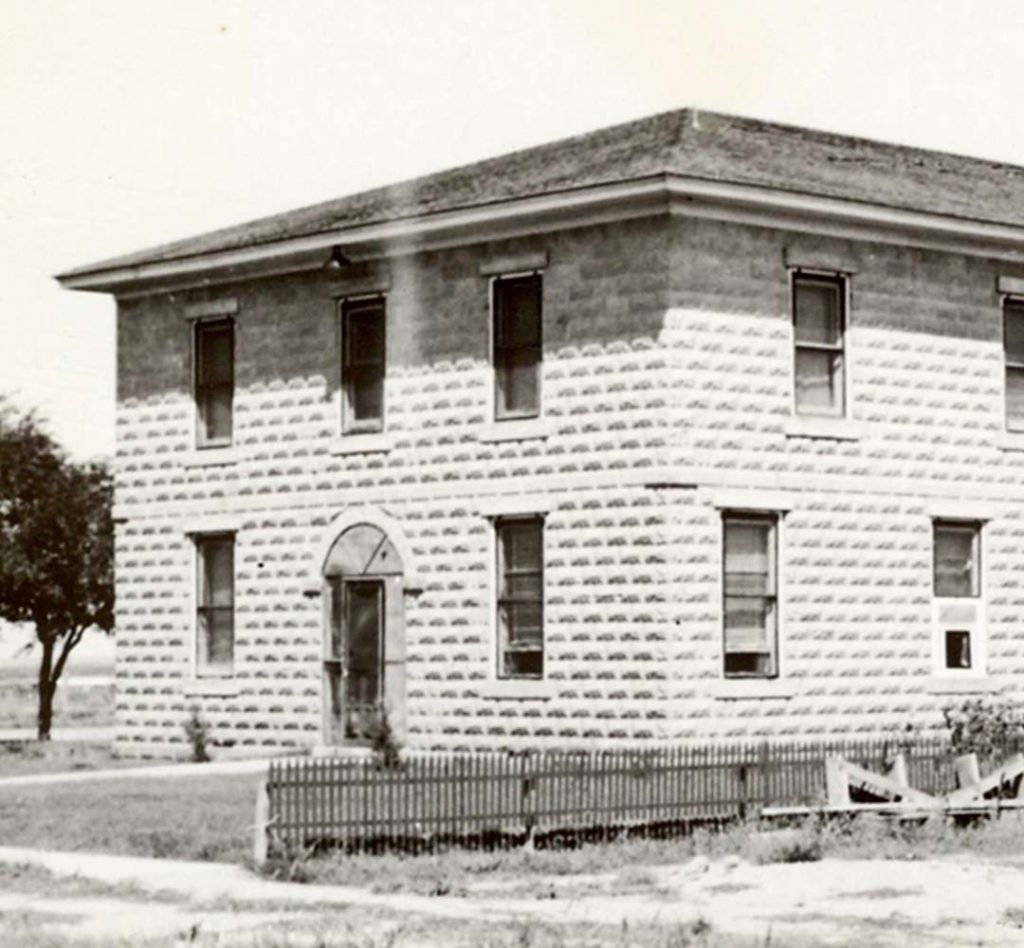
Franklin Hall, a girls’ dormitory, was the second building completed on the Pan-Handle Agricultural Institute campus.
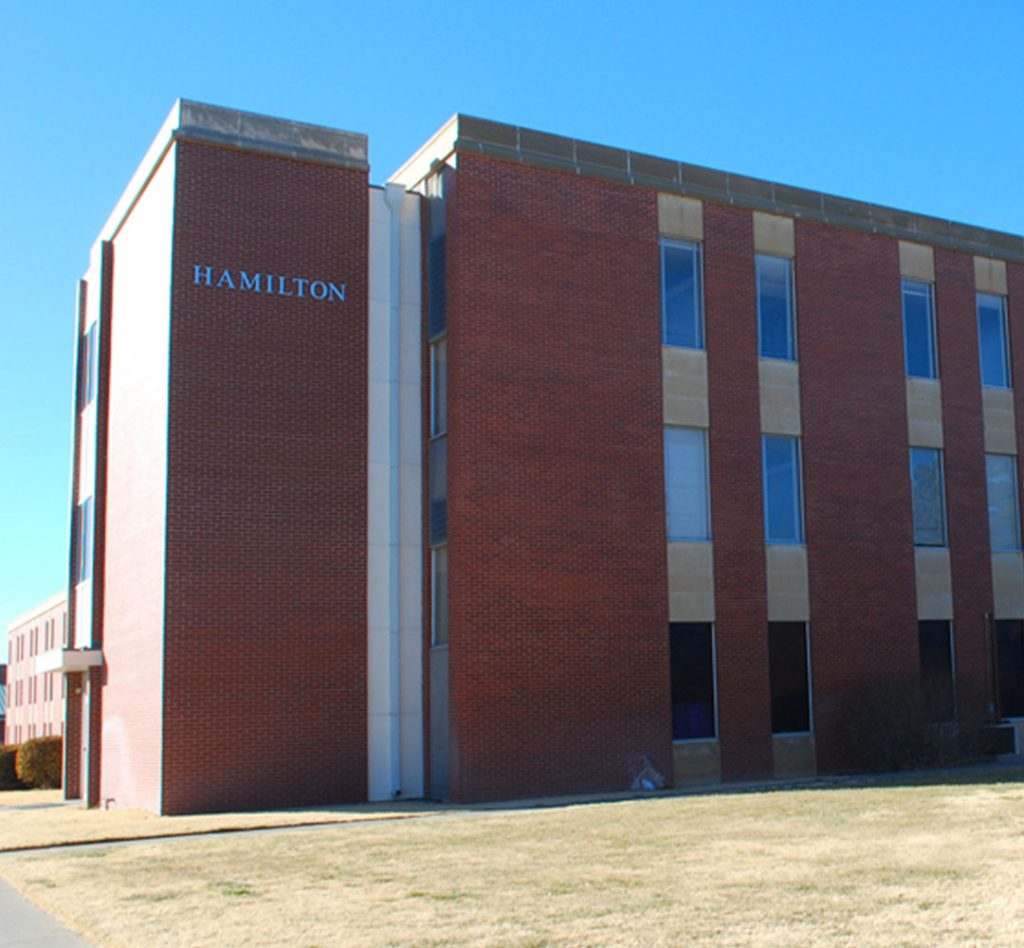
Originally known simply as the “Classroom Building,” Hamilton Hall has always served as the main classroom building for the OPSU campus.
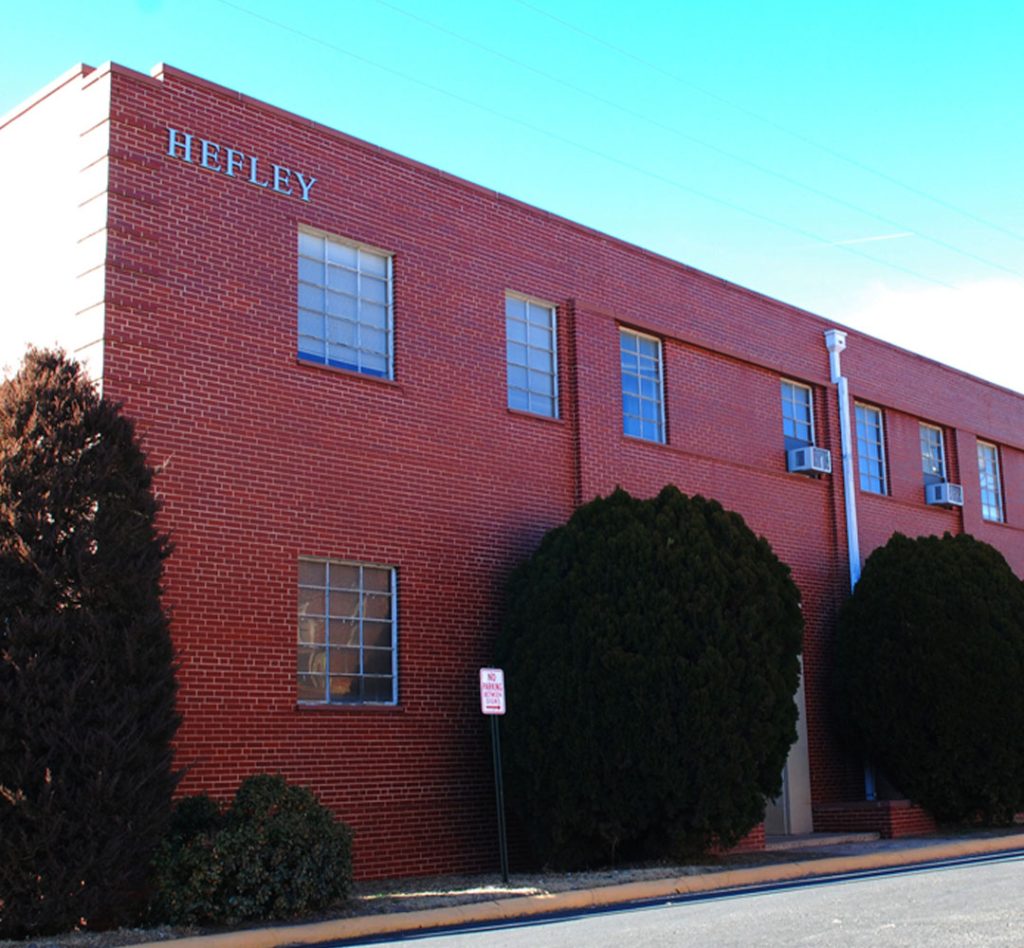
Hefley Hall housed the fields of science—earth science, physics, chemistry, and biology.
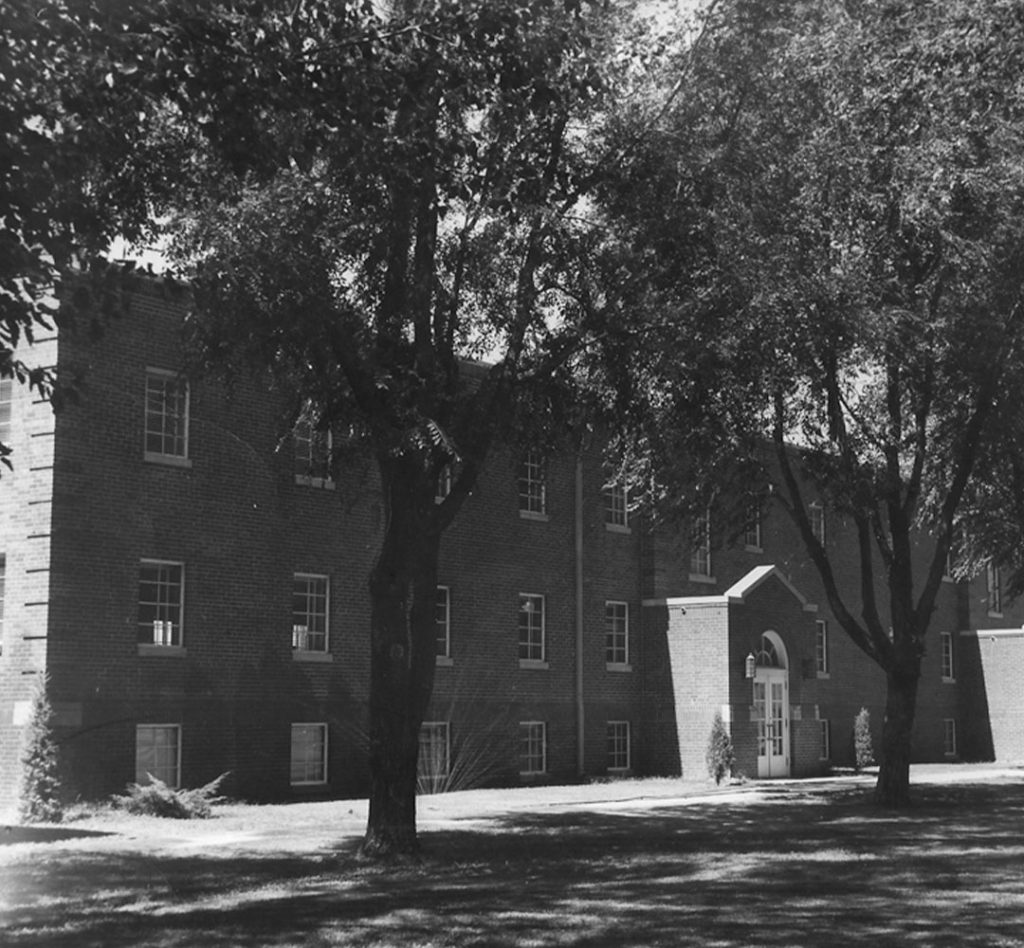
Hesper Hall housed the student union, dining hall and cafeteria, and a variety of departments and offices.
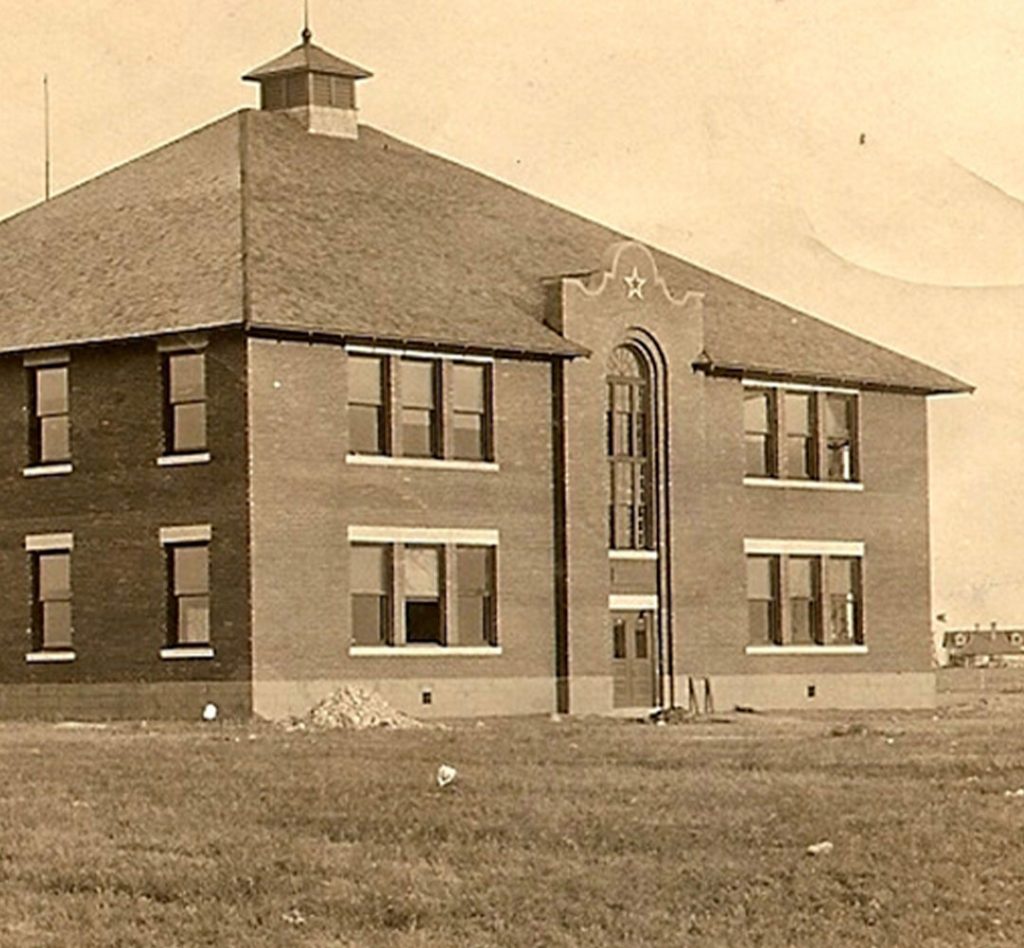
Hesper Hall was the first constructed building on campus and served as a beacon for enlightenment and education on the High Plains.
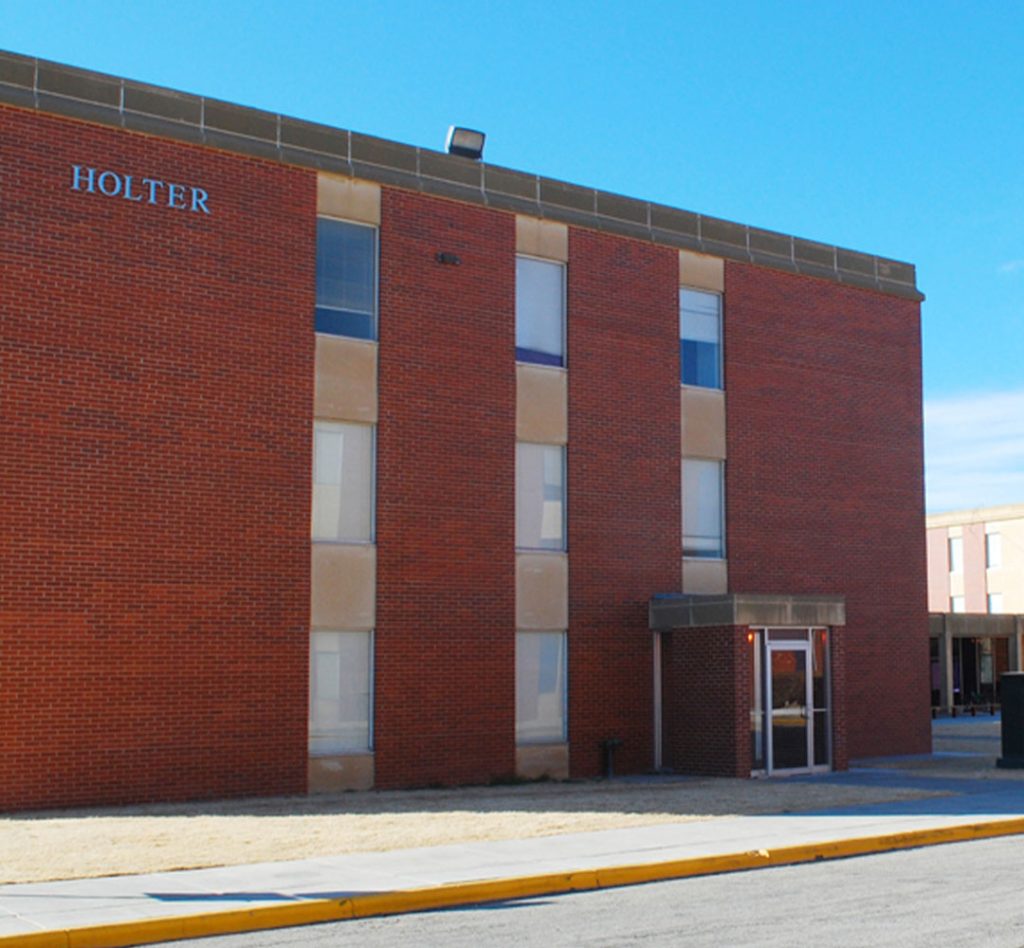
The three-story typical dormitory-style building housed 160 residents and originally had no name except “Women’s Residence Hall.”

Hughes-Strong Hall, Panhandle Agricultural Institute’s new auditorium, was constructed in 1926.
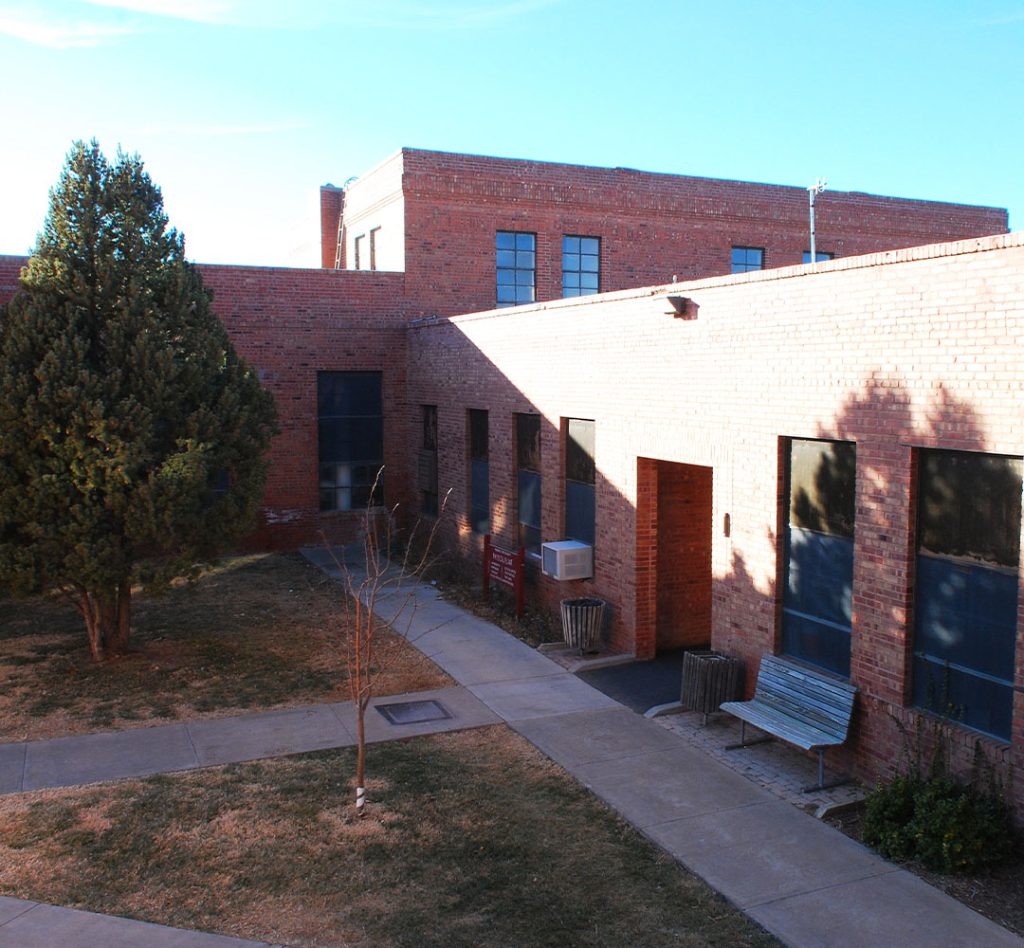
Built late in the second decade of the twentieth century, the Maintenance Building was originally known as the Engineering Building.
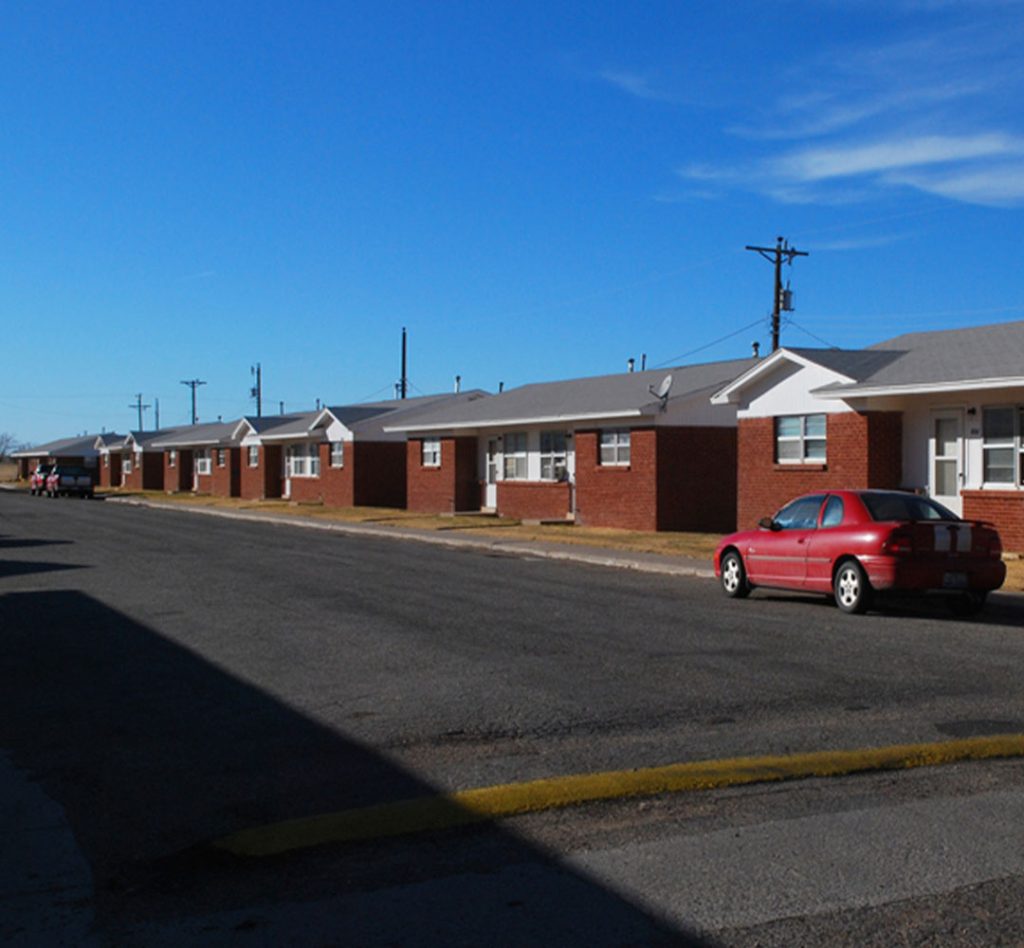
Married students may rent unfurnished apartments on campus.
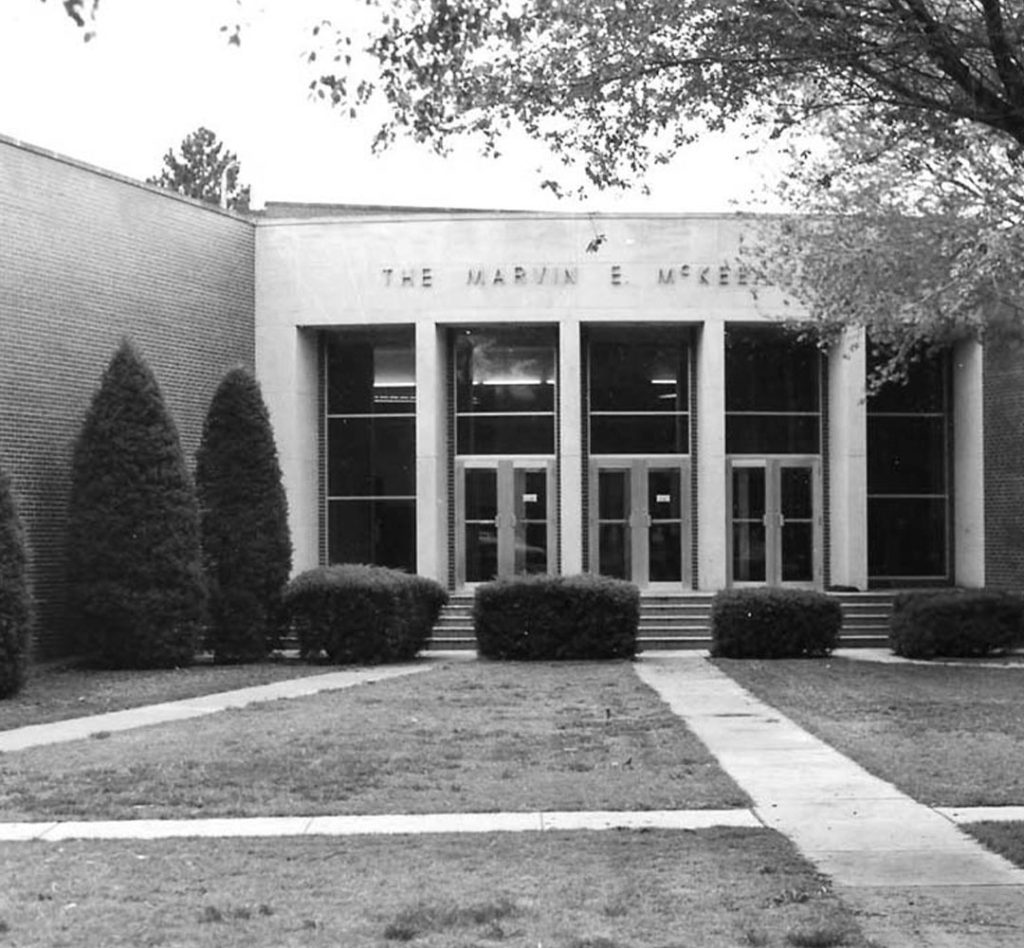
The library, named to honor Dr. Marvin McKee, the school’s president from 1944 until 1968 and an Oklahoma State Representative from 1968 until 1979, was constructed in 1950.
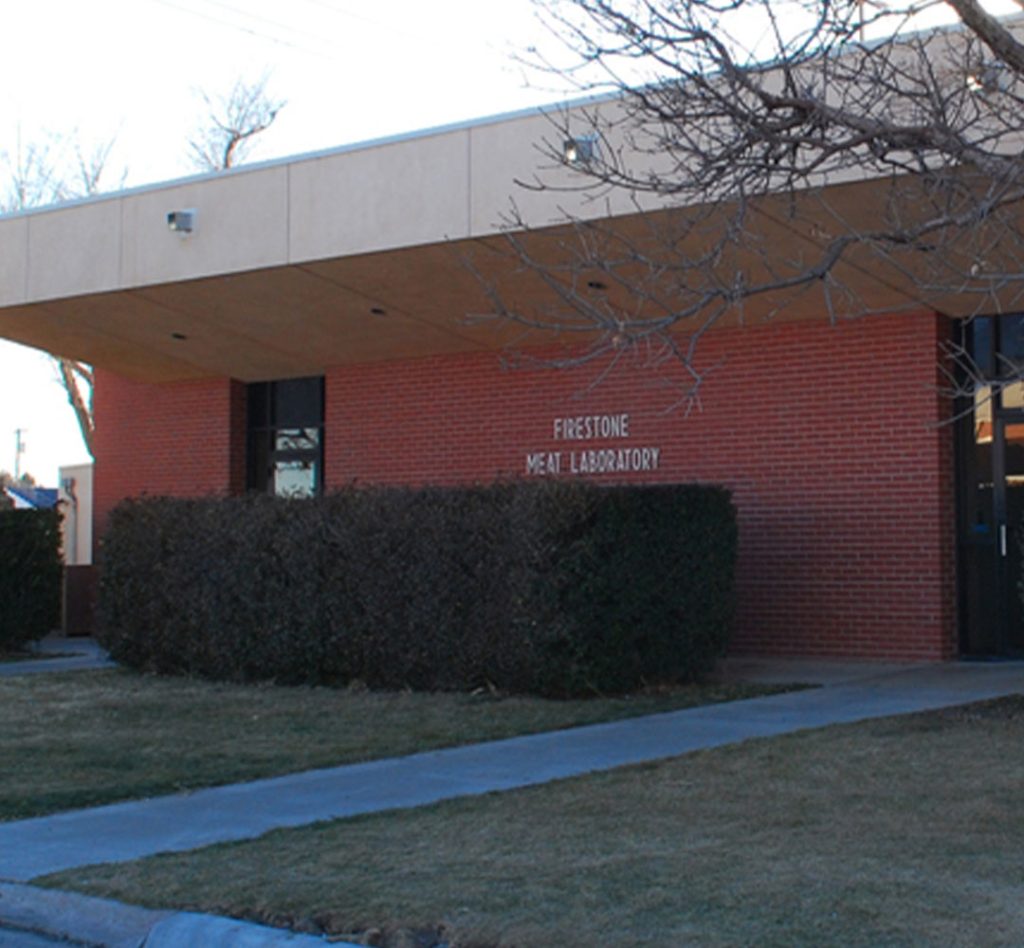
Centrally located on campus, the Estes E. Firestone Meats Laboratory provides many opportunities for student learning.
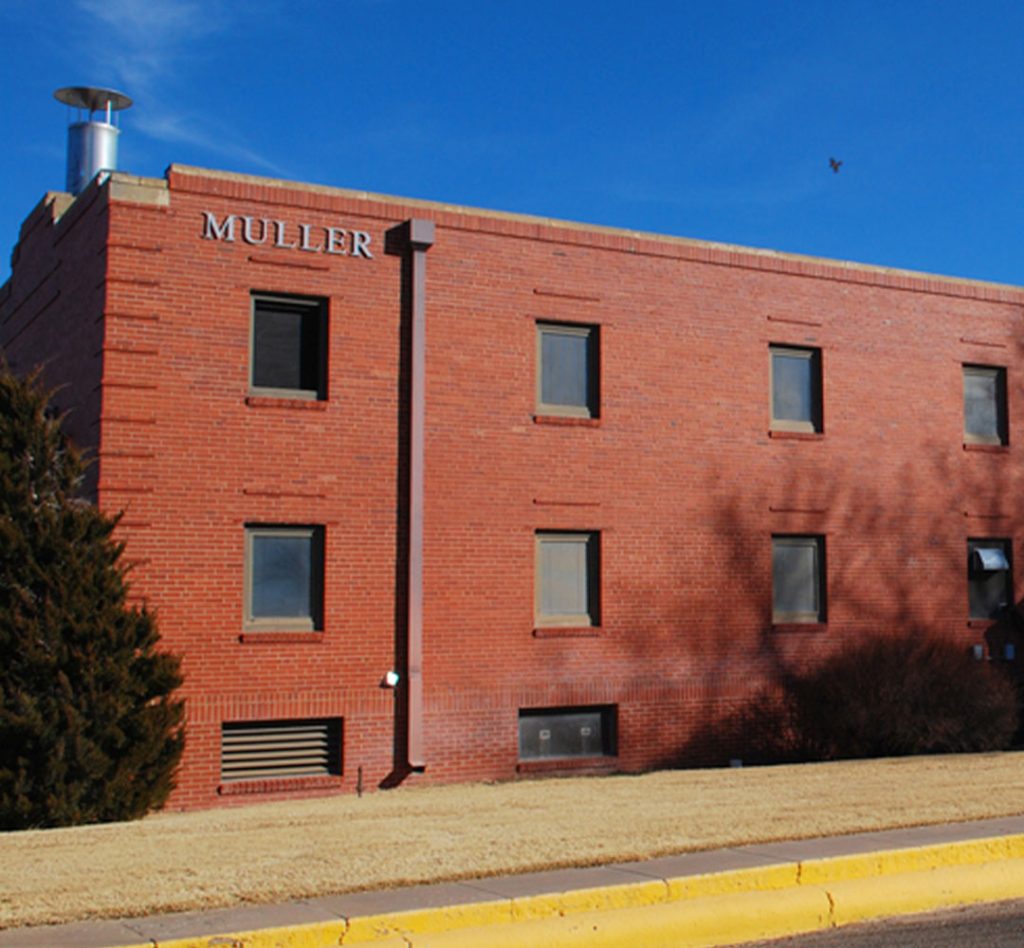
This building, originally a women’s dormitory, began life on campus in 1939.
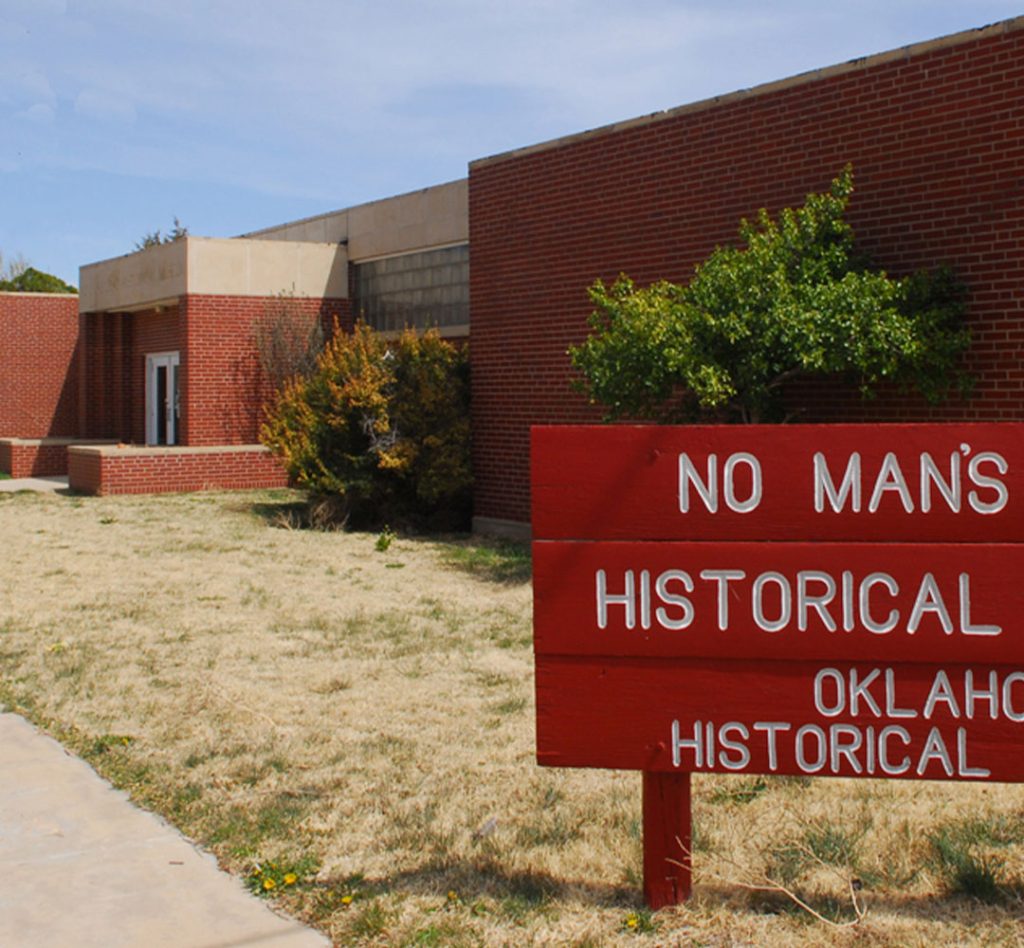
The museum, built east of campus on a plot of land donated by PAMC, was dedicated and celebrated October 3, 1951.
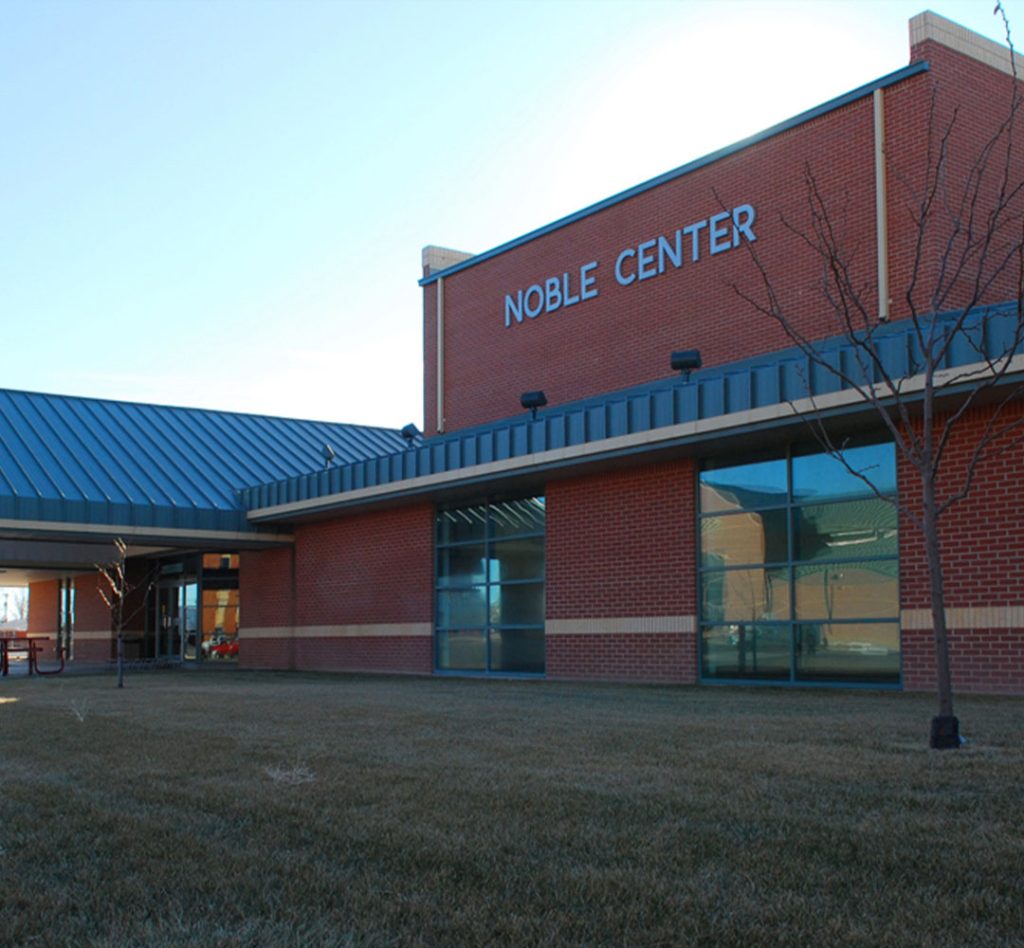
To offer students an opportunity to expand their cultural experiences and to pursue their physical fitness, OPSU built the Noble Activity Center.
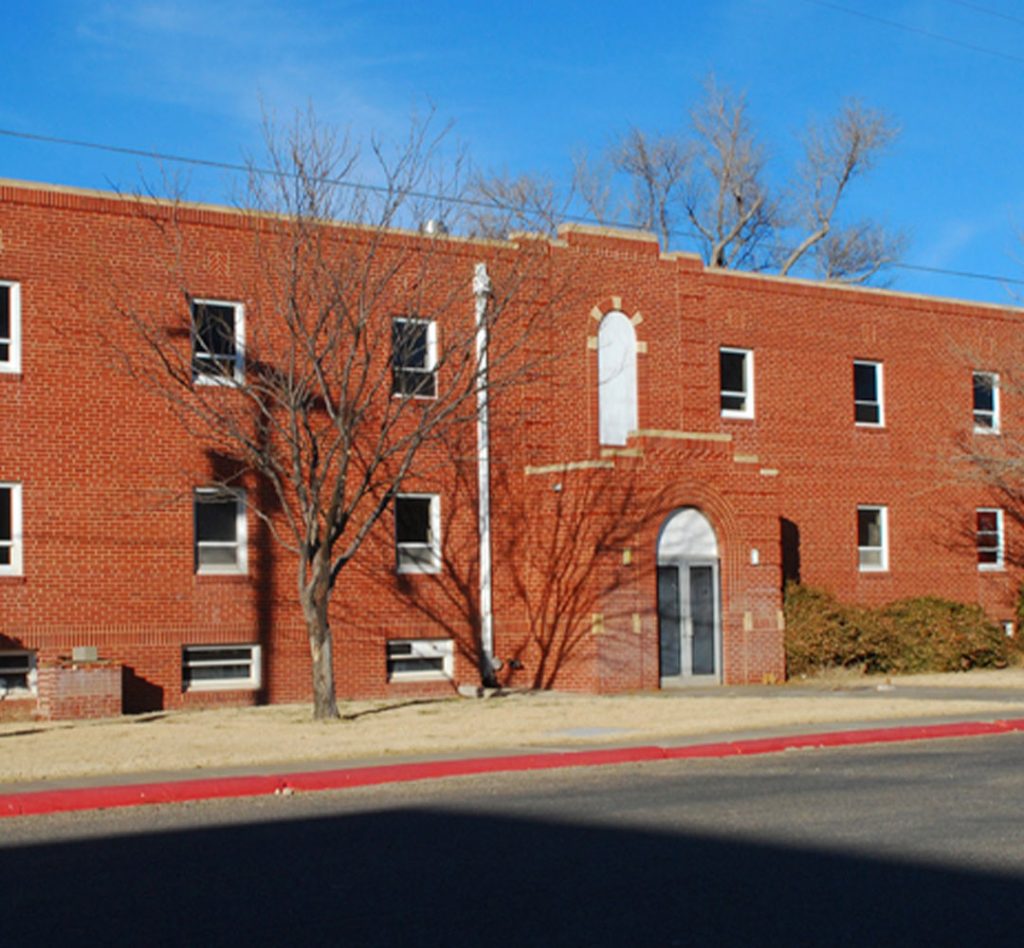
These two identical buildings were constructed in 1938 as additional dormitory spaces.
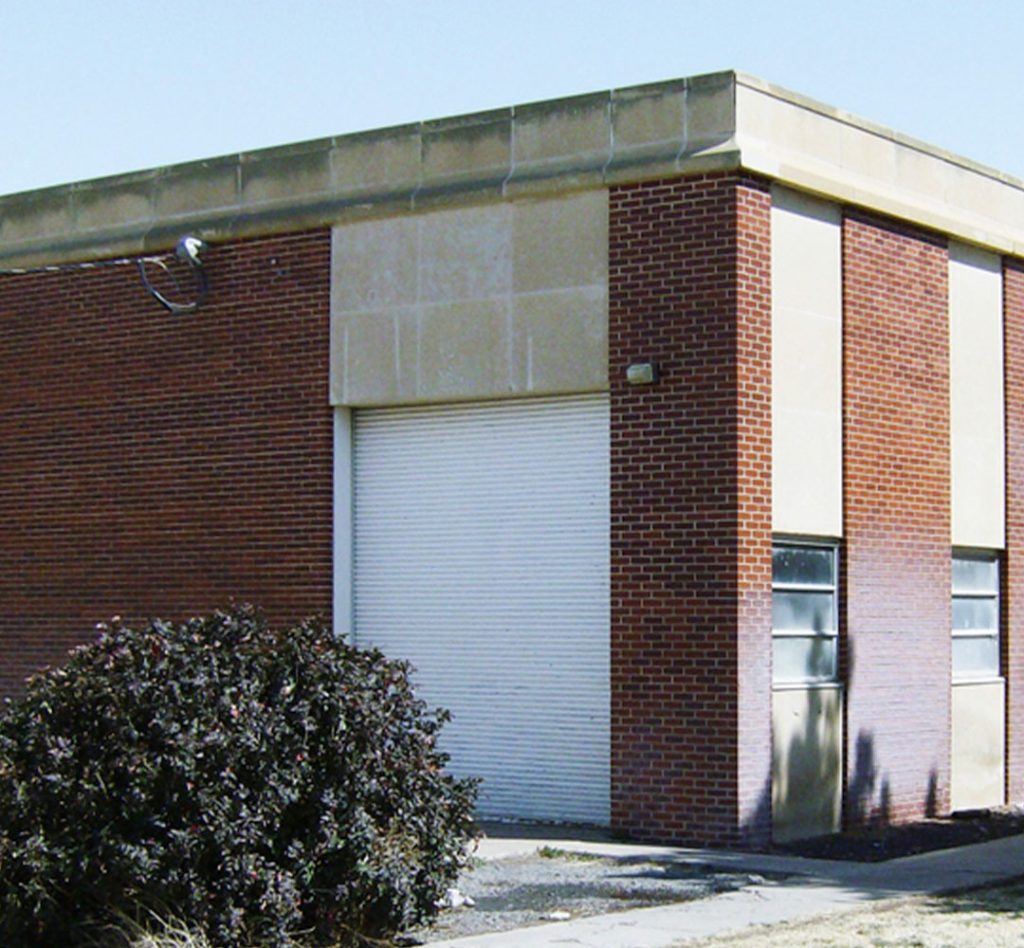
The 2,728-square foot campus power plant, located on the northwest corner of the campus, was constructed in 1962.
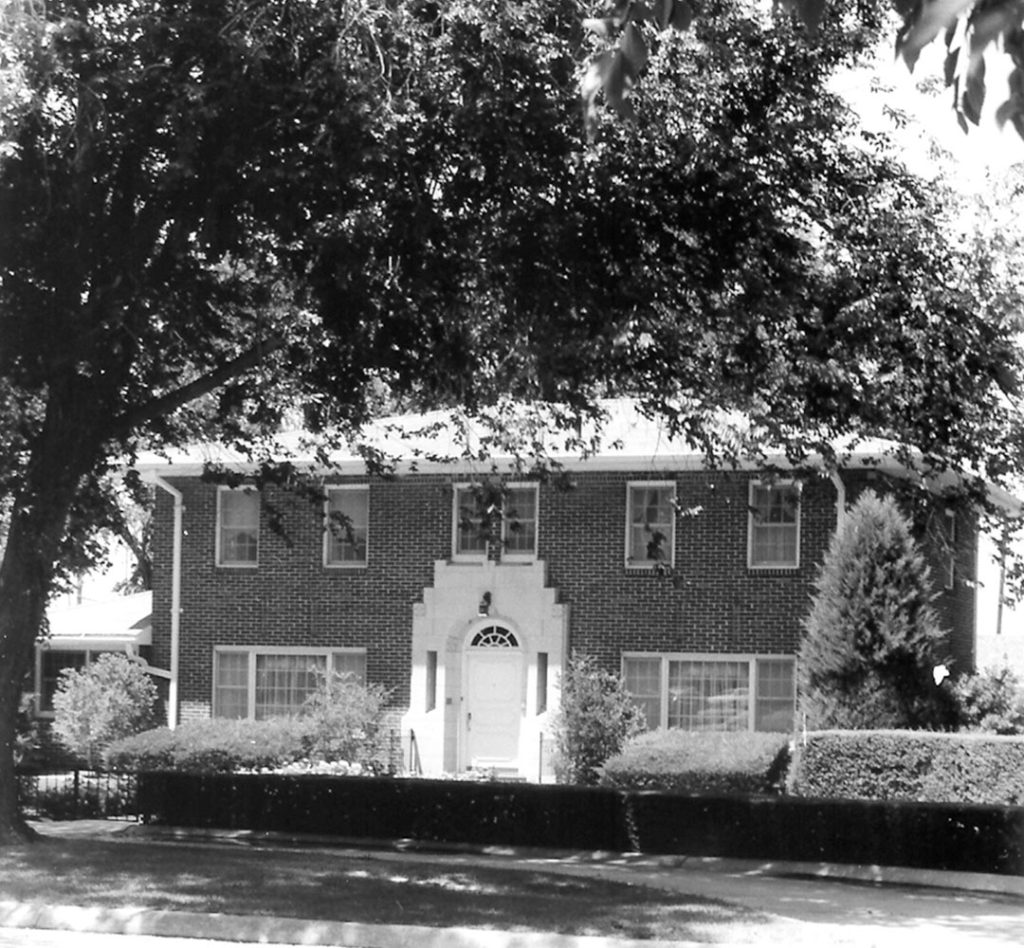
After the president’s new home was built in 1929, the home economics department used the old home for demonstrations and instruction.
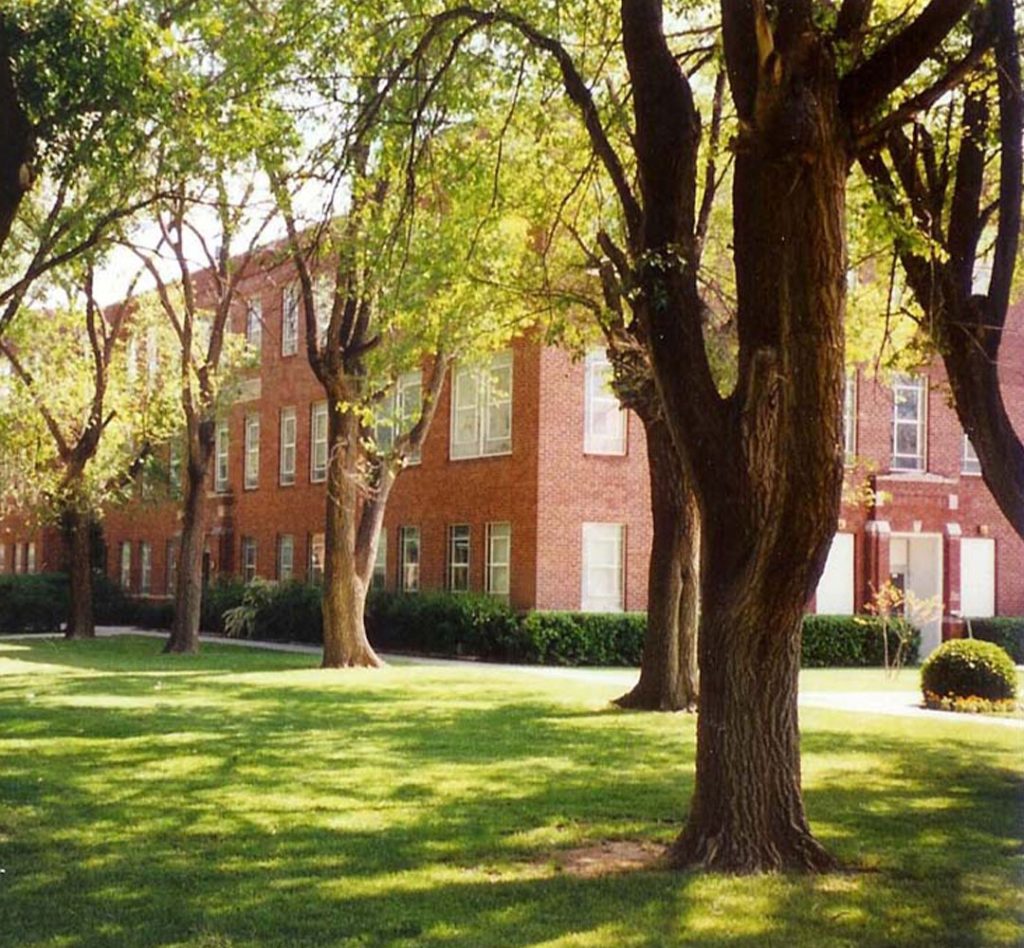
Through the years, Sewell-Loofbourrow has served as an all-purpose building for the campus.
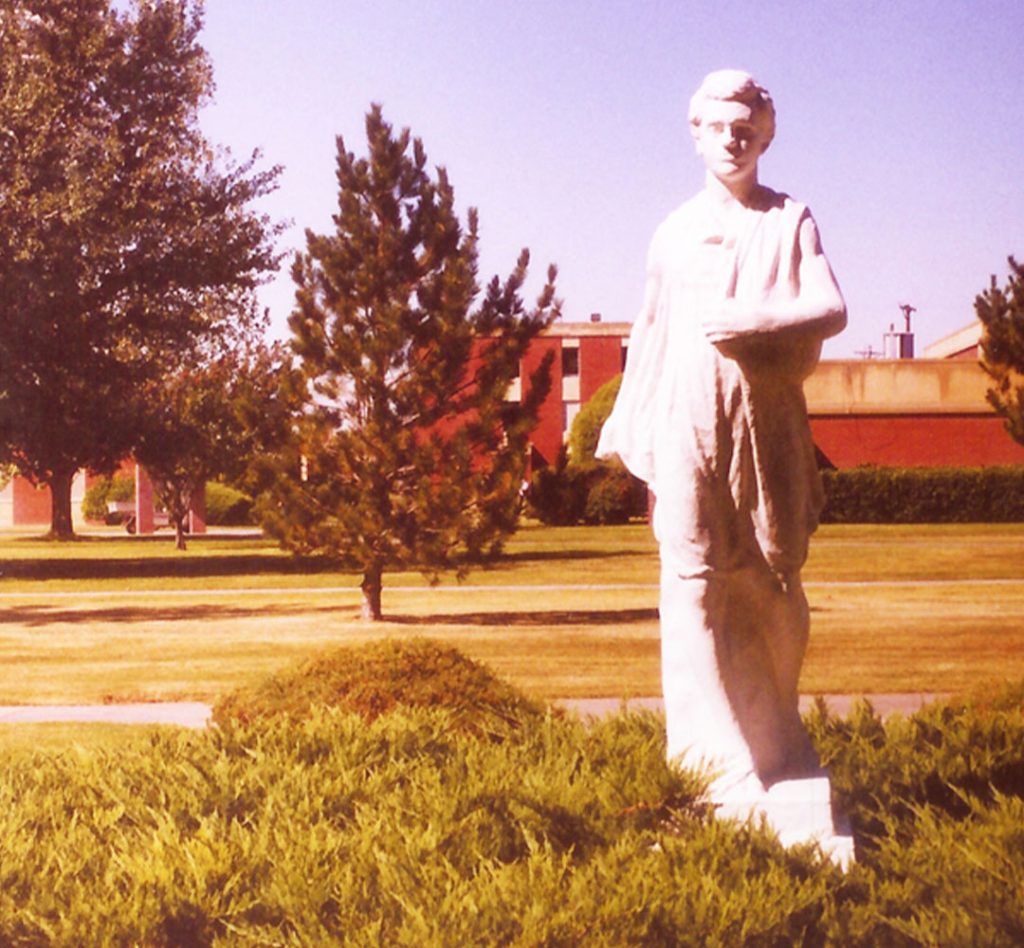
The Sower is the sole statue on campus, honoring the men and women of the High Plains who wrestled with Mother Nature to make their livings from the soil.
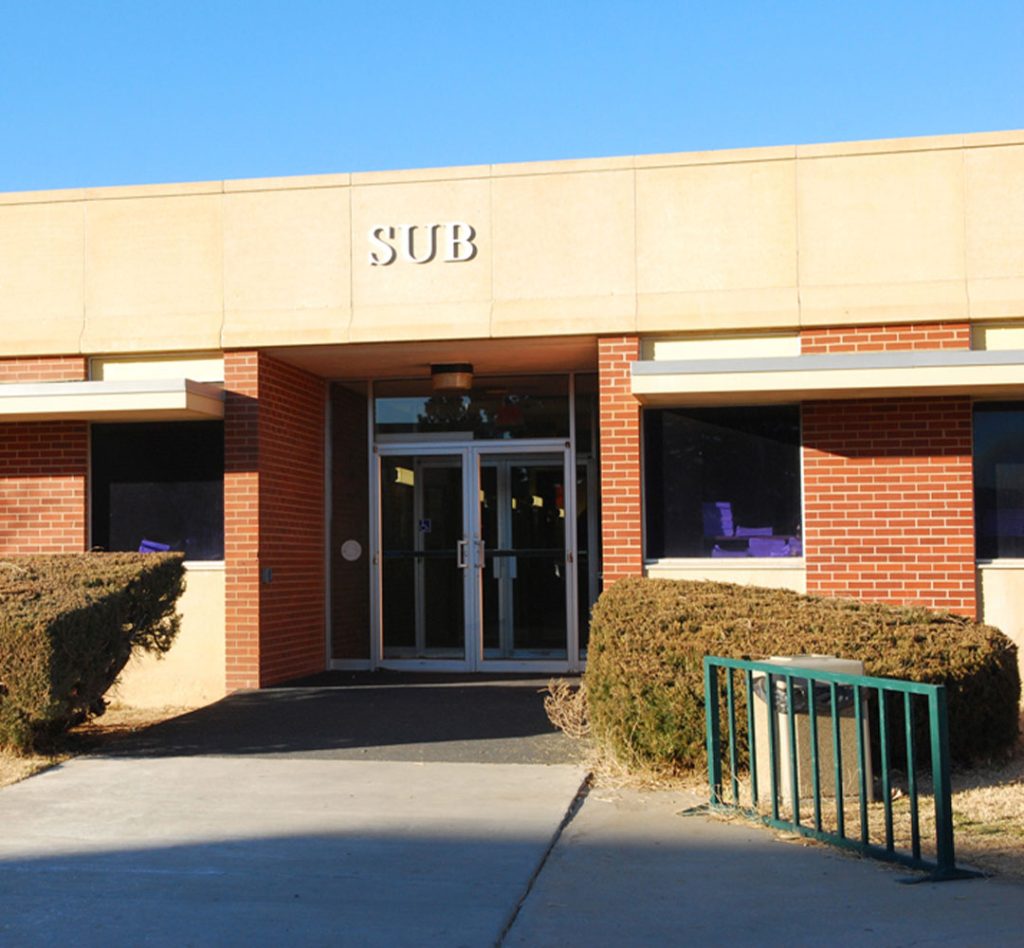
The Student Union was constructed in 1963, during the tenure of university president Dr. Marvin McKee.
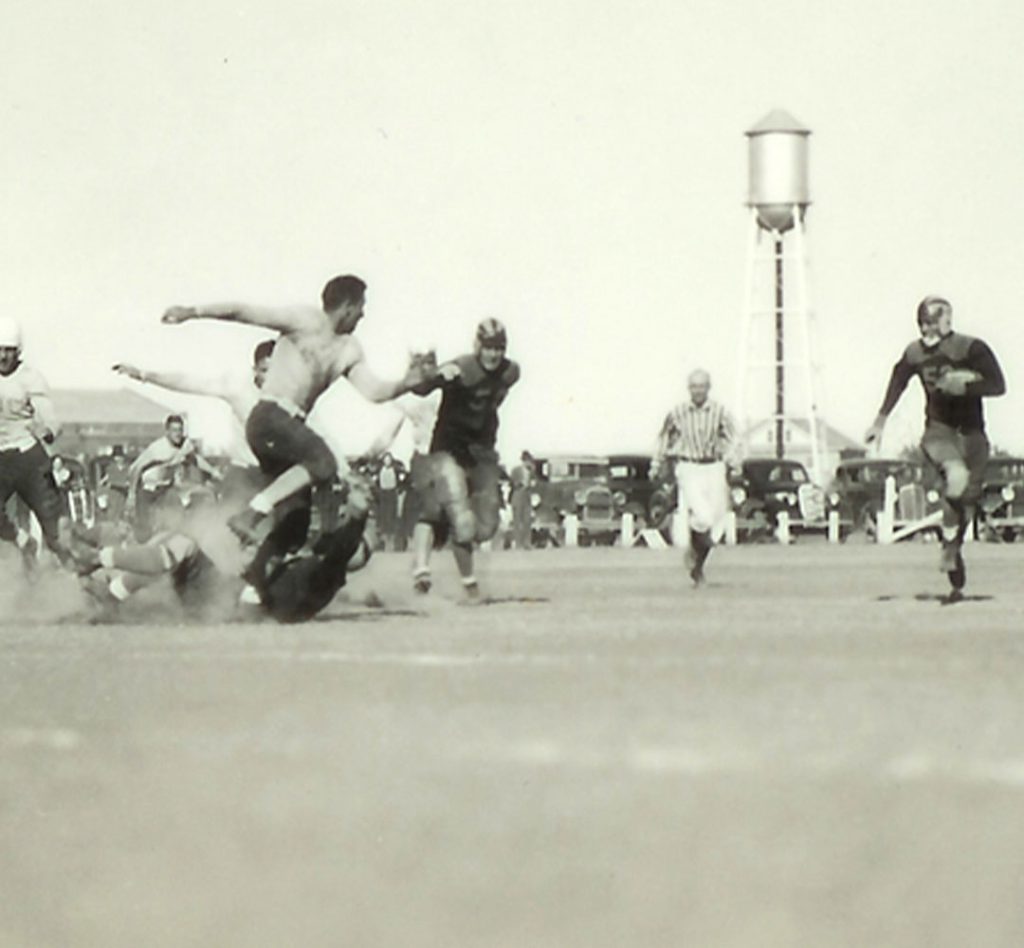
Football started on the Panhandle Agricultural Institute campus in 1919 with few players who had ever seen a game played.